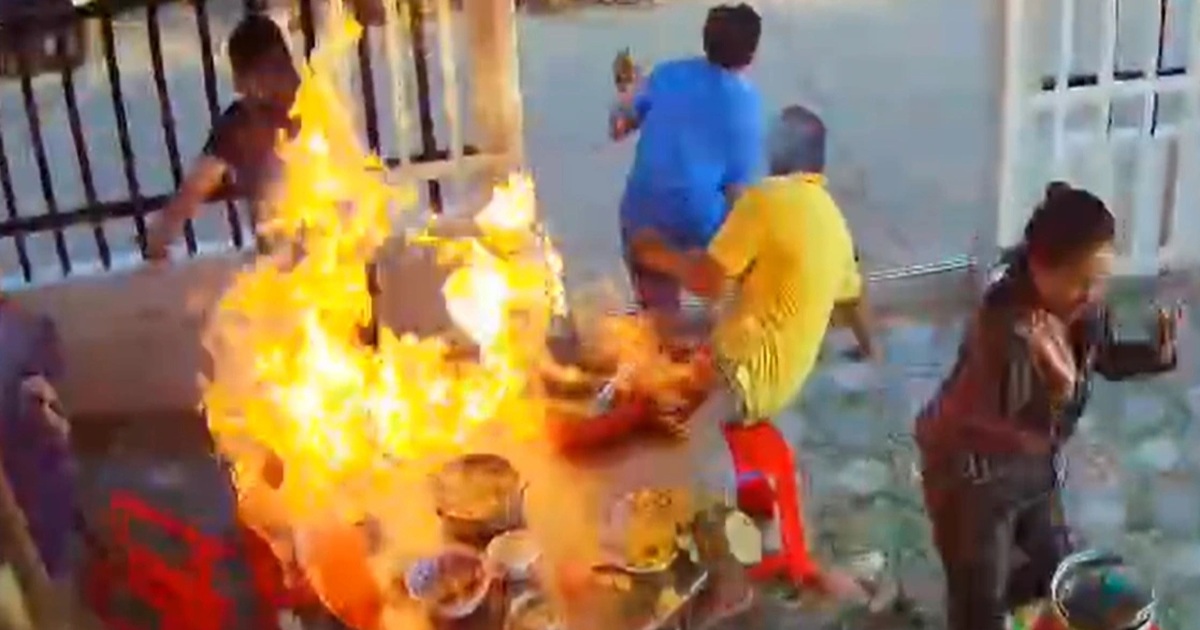Illegal oyster farming continues to plague the Rac River in Ha Tinh, despite removal efforts. Thousands of concrete posts and fishing nets remain, hindering management and disrupting the river’s flow.
Illegal aquaculture practices on the Rac River in Ha Tinh have persisted for years, causing public discontent and administrative challenges. These “fishing net battlefields” stubbornly remain, despite authorities’ attempts to remove them.
Persistent Violations of Fisheries Laws
In August 2024, Dân trí reported on this issue. The Ha Tinh Department of Agriculture and Rural Development requested local investigations and enforcement action. The results revealed 78 households engaged in serious illegal aquaculture activities in the Rac River.
Violators were summoned to be informed of fisheries law regulations, but they continued to ignore the rules.
Removal Efforts Fall Short of Eradication
In September 2024, Cam Linh commune mobilized 150 people to remove over 2,000 posts from 5 hectares of land, targeting 7 violating households. However, clearing the remaining area faces significant obstacles.
The sheer volume of concrete and bamboo posts, nets, and anchoring ropes, coupled with the complex terrain, makes removal extremely challenging. Illegal land leases further complicate the process.
Long-Term Risks of the Situation
The extensive open-air oyster farms, resembling “fishing net battlefields,” severely impact the river’s aesthetics, flow, flood drainage, navigation, and fishing activities.
Mr. Nguyen Van Ha, Deputy Chairman of Cam Linh Commune People’s Committee, noted that authorities are working on solutions but face significant difficulties in completely addressing the issue.
A Comprehensive Solution Needed
The persistent violations of fisheries laws on the Rac River highlight the urgent need for a comprehensive approach from local authorities to prevent illegal river occupation, protect the environment, and ensure the long-term ecological balance of the aquatic ecosystem.
Conclusion: Effectively addressing illegal aquaculture on the Rac River requires close collaboration between local authorities, relevant government agencies, and the cooperation of the public. Only a strong and decisive approach can prevent further encroachment and protect the river’s valuable resources for the community.
Reference:
https://dantri.com.vn/xa-hoi/tran-dia-bai-coc-van-ton-tai-tren-song-rac-20250321100233852.htm



